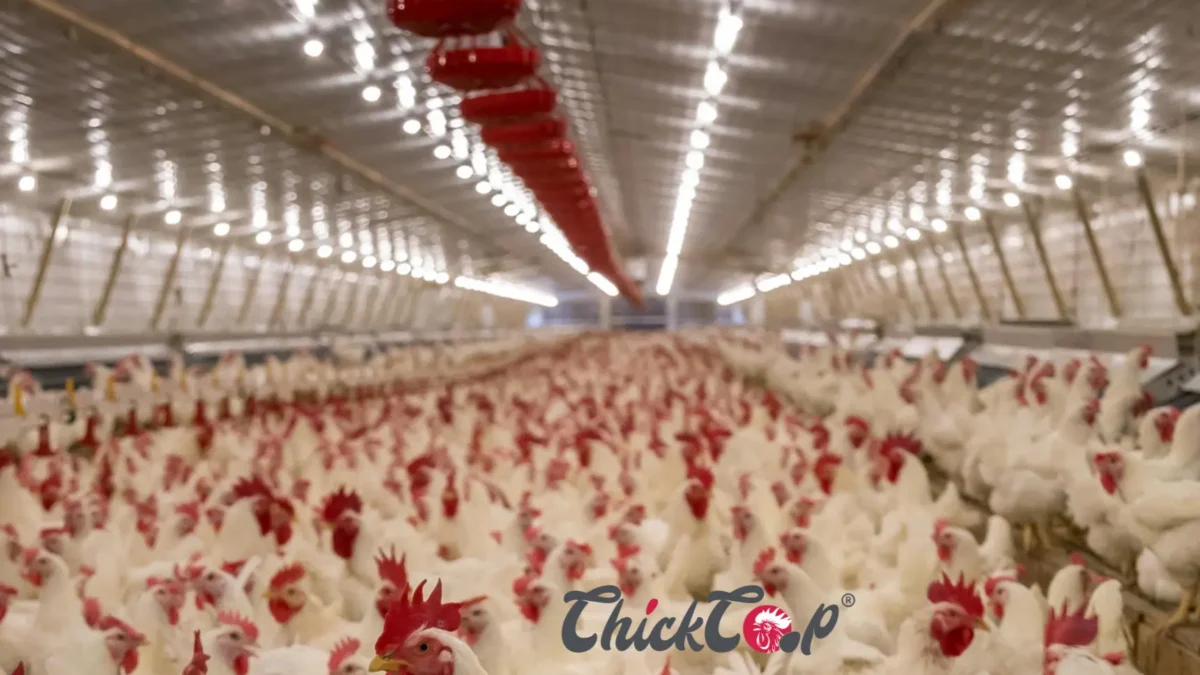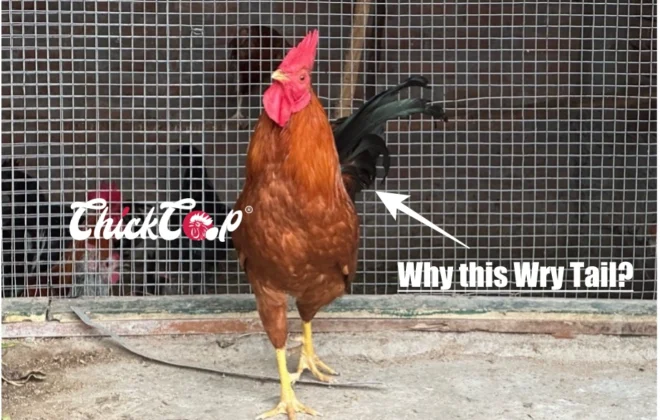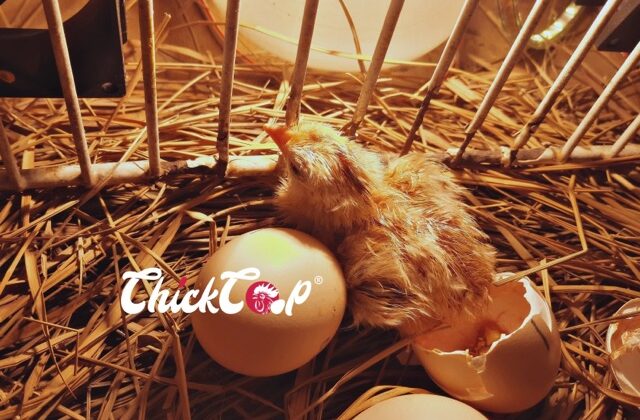
A Quick Guide to Build Commercial Chicken Coop
Starting a commercial poultry farm is an exciting and potentially profitable venture, but it requires careful planning and attention to detail. A large poultry shed is a key component of your farm, and creating the right space for your chickens, whether broilers, layers, or turkeys, is essential to ensuring the health of your birds and the success of your operation. As ChickCoop® Expert, I’m here to walk you through the must-know aspects of building a large chicken coop and how to make it work for you.
1. Site Selection and Planning
- Site Selection
Choosing the right location for your poultry farm is crucial. Look for a site with good drainage to prevent waterlogging, which can lead to disease outbreaks and poor conditions for your birds. Make sure it’s easily accessible to transport feed and products, and that it has reliable access to water and electricity. These utilities will be essential for both the operation of the farm and for maintaining a comfortable environment for the chickens.
- Planning
Start by determining the size of your poultry shed. This will depend on the number and type of birds you’re raising. Broilers, layers, and turkeys all have different space requirements, so make sure to plan accordingly. Lay out the entire farm, including where the poultry houses, feeding and watering systems, and waste disposal areas will go.
2. Legal Considerations and Environmental Factors
Before breaking ground, it’s vital to understand local regulations. Contact local authorities to make sure you have all the necessary permits and licenses. Compliance with zoning laws, environmental guidelines, and animal welfare standards is critical for avoiding legal issues and ensuring the wellbeing of your birds.
- Design and Materials
Design your shed with the birds’ needs in mind. Think about factors like space, airflow, and insulation. Durable, easy-to-clean materials like steel, concrete, and insulated roofing are ideal choices. These materials will help you create a comfortable and safe environment for your birds, while also allowing for efficient maintenance.
- Construction
Hiring an experienced contractor for construction is important. They will ensure that the shed is built to specification, with the right spacing, ventilation, and systems in place to optimize production. This is not a place to cut corners—ensure your construction team is experienced in agricultural buildings.
3. Biosecurity Measures
One of the most important steps in poultry farming is disease prevention. Developing a strong biosecurity plan will help protect your birds from outbreaks. Use footbaths, disinfectant stations, and restrict access for visitors to minimize disease transmission. The fewer external factors that can infect your birds, the better.
4. Waste Management
A waste disposal system is essential for keeping your farm clean and minimizing environmental impact. Consider composting or recycling manure to create fertilizer or other beneficial products. Not only does this help manage waste, but it can also create an additional revenue stream by selling organic fertilizers.
5. Utilities
Reliable access to water is non-negotiable. Install an efficient system to ensure all your birds have easy access to drinking water and that cleaning systems are effective. Don’t forget about power—install backup generators in case of outages. This will help maintain essential functions, such as lighting, climate control, and automated feeding systems, even when the grid fails.
6. Farm Automation
In today’s poultry farming, automation is more than just a convenience—it’s a necessity. Invest in automated systems like feeders, drinkers, and egg collection systems to reduce labor costs and improve operational efficiency. Climate control systems that regulate temperature and humidity are also crucial to optimizing bird health and production.
7. Health and Safety
Safety measures should be a top priority for both workers and birds. Equip your farm staff with the proper protective gear and provide regular training on safe poultry handling practices. Conduct routine equipment inspections to ensure everything is in working order and that your farm remains a safe environment for both workers and birds.
8. Record Keeping and Data Analysis
To run a successful poultry farm, data is key. Keep detailed records of everything—bird health, feed consumption, egg production, and any other relevant metrics. Using this data, you can analyze your farm’s performance and make adjustments to improve efficiency, health, and overall output.
9. Training and Labour
Hiring the right team is crucial. Make sure your workers are trained in poultry farming best practices and understand how to care for the birds properly. Their expertise will directly impact the success of your farm. Regular monitoring and care will help your birds grow healthily and produce effectively.
10. Marketing and Sales
Once your farm is up and running, it’s time to think about sales. Develop a strategy to get your poultry products to the market. Identify key distribution channels, build relationships with potential customers, and focus on creating a strong brand identity. Your chickens might be the best around, but without a good sales strategy, they won’t get the attention they deserve.
11. Monitor and Adjust
Poultry farming is dynamic, and what works today might not work tomorrow. Constantly monitor your farm’s performance and be ready to adjust based on the data and feedback you receive. Whether it’s a tweak in feed, an adjustment to the temperature, or changes in how you manage waste, staying flexible is key to long-term success.
12. Financial Planning
Finally, make sure you have a solid financial plan in place. Creating a comprehensive business plan with clear financial projections will give you a roadmap for success. Ensure you have enough capital to get the farm up and running, and keep a buffer for unforeseen expenses. Securing funding and staying on top of your finances will give you the financial health needed to sustain your business.
Starting a commercial poultry farm is no small feat, but with the right planning and attention to detail, you can build a thriving operation. Remember that building your poultry shed isn’t just about bricks and mortar—it’s about creating an environment where your birds can thrive, and your business can grow. Stick to these principles, and you’ll be well on your way to success.
ChickCoop® Expert Tips:
– Always stay ahead of regulations and industry trends.
– Invest in technology to make your farm smarter.
– Keep an eye on the big picture—success in poultry farming comes from both the small details and the long-term strategy.
Good luck, and happy farming!
At ChickCoop®, we’re more than just a Chicken Company, writing interesting blogs about them– we’re your trusted partner in building a modernized, sustainable and profitable farm. From breed selection to buy-back support, feed guidance, and modern farm management tips, we ensure farmers like you achieve the best results and profits.
Call us today to discuss your farming needs
📧 Email us at: write@chickcoop.in
📞 Call us: +91-9939209699


